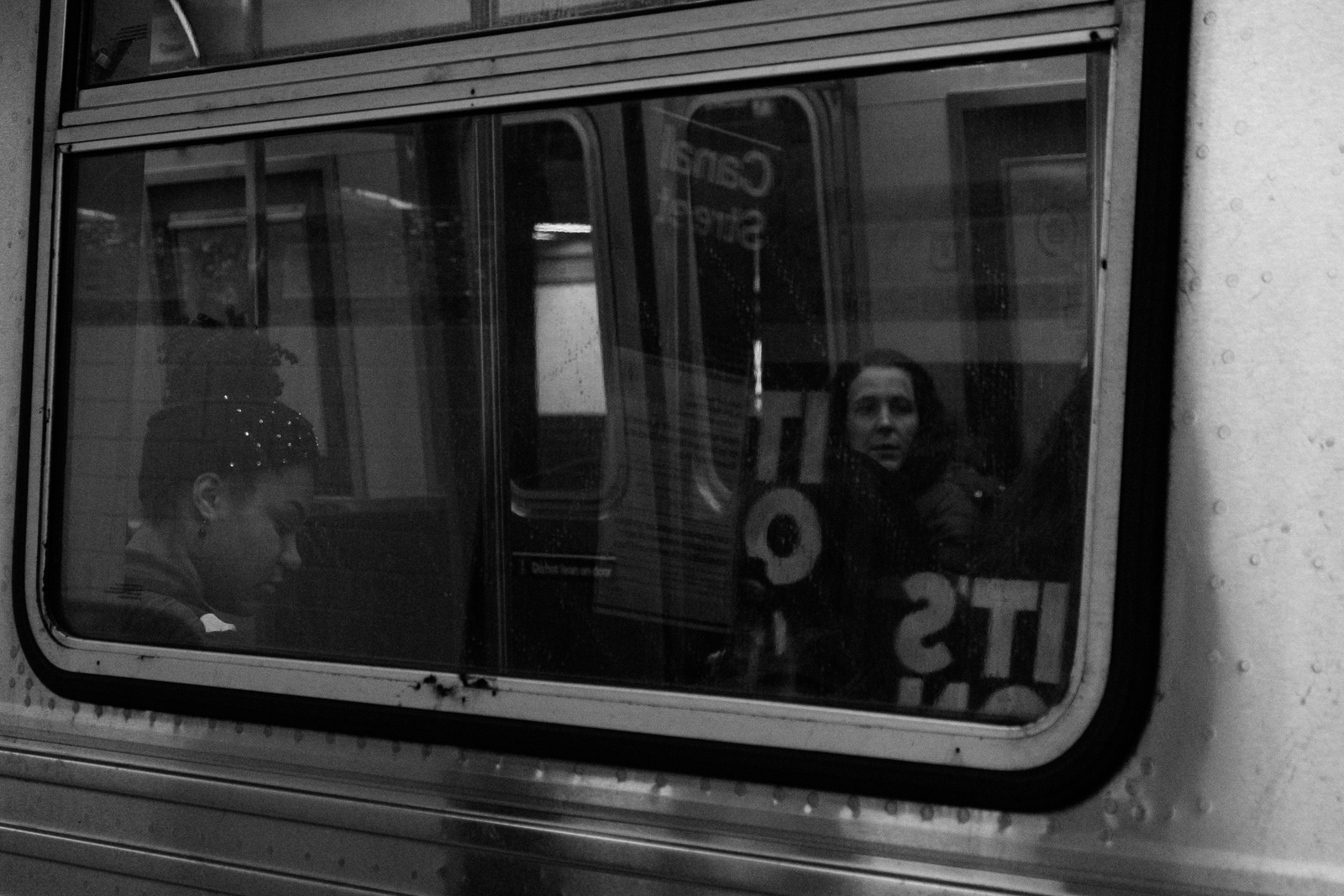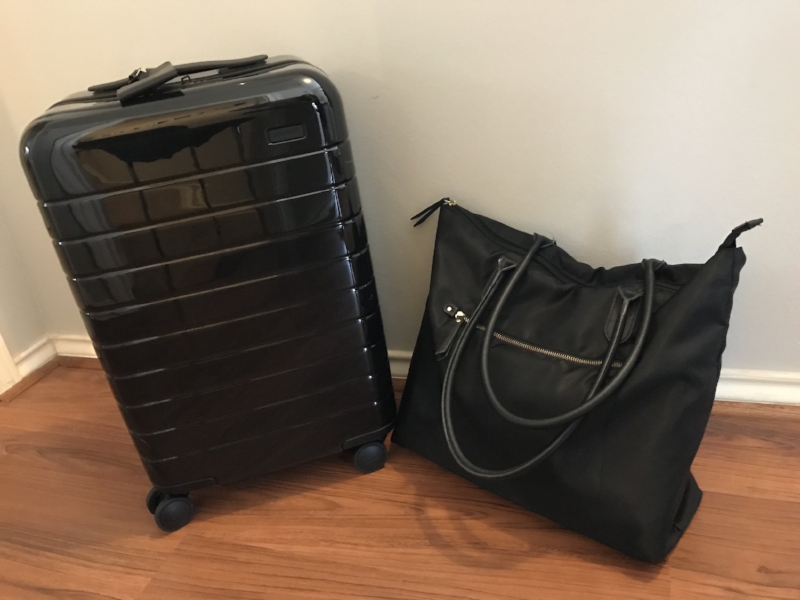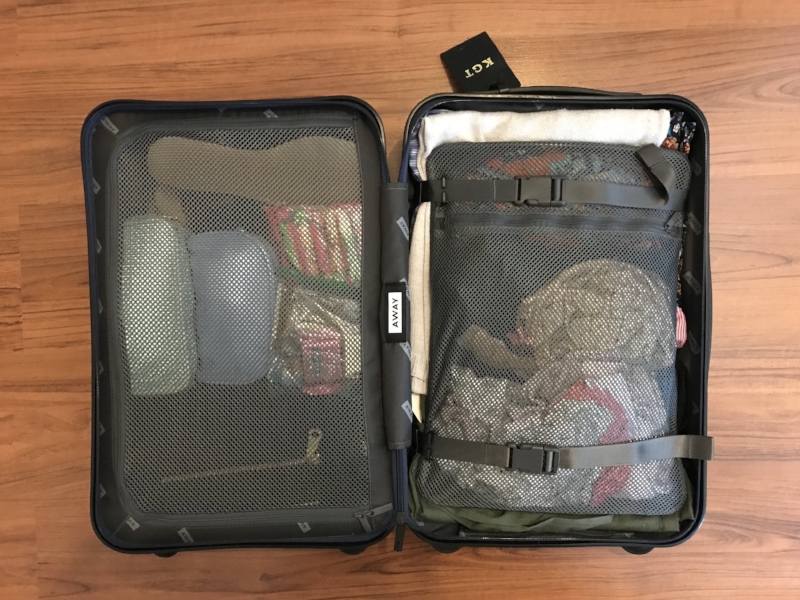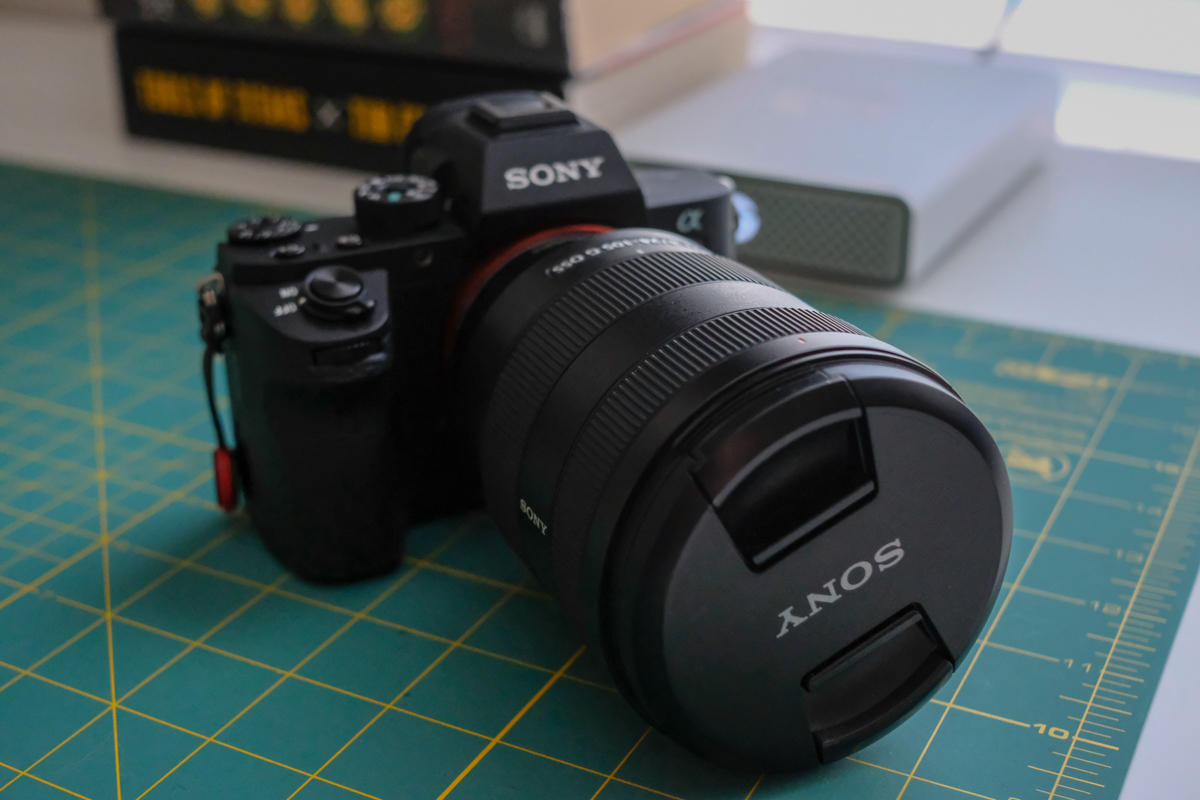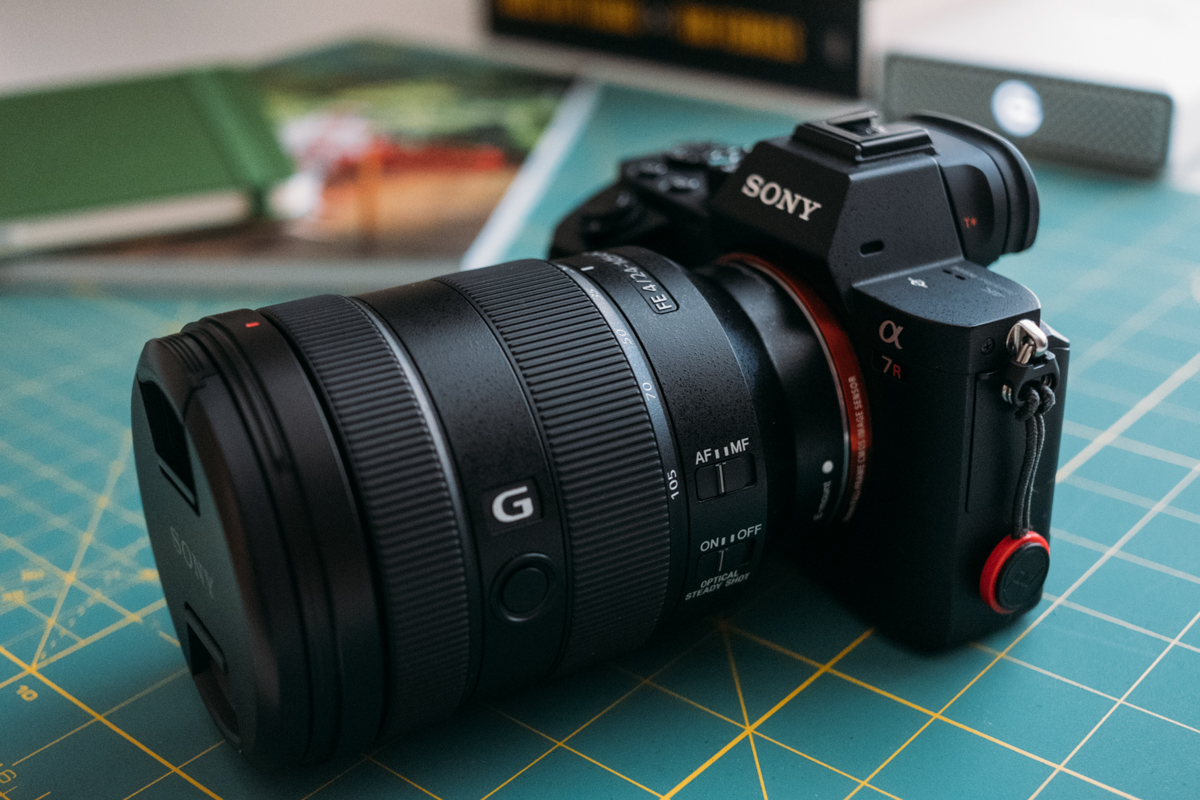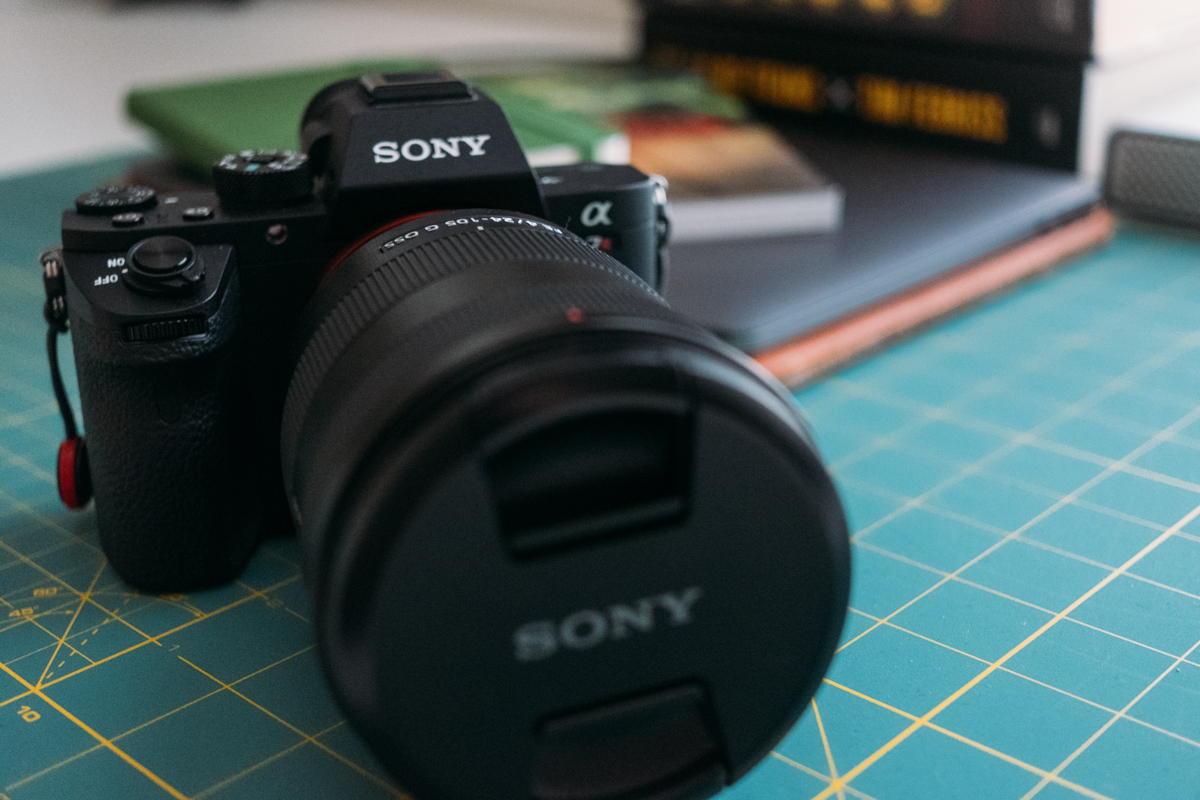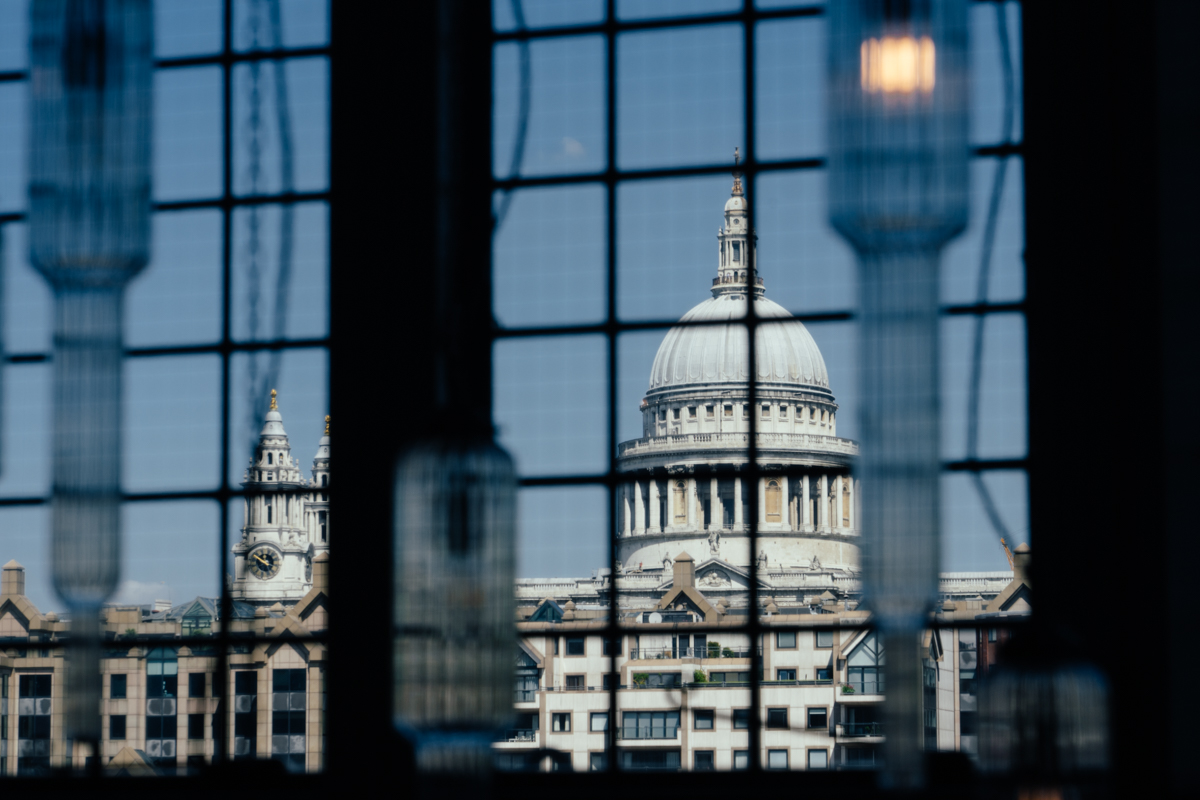For the last few months, I've played around with a Canon A-1 film camera to help gain some insight into the analog method of taking and developing pictures. The prism focus mechanism and the manual turning of knobs made me feel liberated, like I was the one creating the final product. That feeling can get lost in the hyper processing power of modern day DSLR and mirrorless cameras but shooting with the Fujifilm X-T3 is the closest thing I've found. From its vintage stylings, a hallmark of most Fuji cameras, to its ability to digitally recreate prism focusing, the X-T3 puts the fun back into shooting digital images.
Fuji X-T3 with 27mm lens. ISO 2500, f/3.2, 1/40sec.
Going All In With Fuji
In late 2017 I switched from a Nikon D750 system to the Sony a7Rii because it was a smaller system that came with better video options. I also owned a smaller Fuji X-T20 that I used for street photography, and in 2018 I began to enjoy taking more photos with the Fuji than the Sony. Since I already owned a few Fuji lenses, I sold my Sony a7Rii and bought the new Fuji X-T3.
Fuji X-T3 with 27mm lens. ISO 3200, f/3.6, 1/250sec.
The Fuji X-T3 in NYC
I recently took the X-T3 for a spin on the streets of New York City during a trip with our friends from Boozing Abroad. For most of the trip, I used the Fuji 27mm f/2.8 pancake lens, one of the best travel lenses you can own for street photography. It's light, tiny and takes sharp images, especially in the f/5.6 to f/8 range. Unlike the smaller X-T20 that we've had in the house for over a year, the X-T3 feels substantially more like a professional camera. It sports dedicated knobs for ISO, shutter speed, and exposure compensation that compliment the super quick autofocus system. The Fuji 27mm lens doesn't come with the traditional aperture ring that most Fuji lenses sport due to its small footprint, but the front and back scroll wheels of the X-T3 stand in quite nicely.
To turn the X-T3 into an even more digital/analog hybrid, I tend to turn off the screen and only use the electronic viewfinder (EVF), so I'm looking through the viewfinder, changing ISO, shutter speed, and the aperture through manual controls, and even focusing manually at times.
Fuji X-T3 with 18-55mm lens. ISO 3200, f/4.5, 1/250sec.
APS-C or Full-Frame?
I first chose Sony because of the a7Rii's full-frame sensor and video capabilities, but over time came to find that in the shooting that I like, full-frame isn't as big of a factor. The Fuji X-T3's APS-C sized sensor (a smaller size, compared to a full-frame 35mm sensor) is more than capable of providing a shallow depth of field.
Another perk of an APS-C sized sensor is that the lenses usually cost less than there full-frame counterparts. I picked up the 27mm pancake lens used for only $270 and just got a used Fuji 35mm f/2 lens for $350. Up and down their lens lineup, Fuji lenses cost less because it takes less glass to cover a smaller sensor area.
Fuji X-T3 with 27mm lens. ISO 250, f/7.1, 1/60sec.
Functionality
One of my biggest complaints about the Sony a7Rii was the battery life or lack thereof. With the X-T3 I can get well above the 300-350 shots per charge that it's rated for and only changed the battery once while out shooting all day in New York City. It's a small camera, so the battery is still pretty small, but the key is to make sure you're powered off between uses. A great new power feature is the X-T3's ability to charge over USB-C, even while in use. This comes in handy when filming 4k video without the optional battery grip.
One thing the X-T3 does lack is in body image stabilization, which can make shooting video handheld a little hard. For most of what I do, it's not a problem, but it lags behind the competition in this area.
Fuji X-T3 with 27mm lens. ISO 500, f/2.8, 1/40sec.
Adaptability
A few weeks ago I picked up a K&F Concept adapter that lets me use my old manual Canon FD lenses on the X-T3. I haven't gotten to do a lot of shooting with it yet, but early results are encouraging. I've found it very satisfying using an older lens on a new camera, especially in street photography. The Canon 50mm and 28mm FD that I use are small and blend right into the camera's vintage aesthetics.
Fuji X-T3 with 18-55mm lens. ISO 160, f/5.6, 1/210sec.
Conclusion
If you're looking for a small camera that takes stunning pictures and has all the new video features that you crave, I recommend the Fuji X-T3. From its vintage look and feel to the ease of taking pictures that look great straight out of the camera, you won't be disappointed. Don't let the smaller sensor fool you; this camera has excellent depth of field and works well for landscape, portraiture, travel, and more. Plus, at only $1399, you'll save some money over the full-frame competitors and be able to afford some more lens options.
This post contains affiliate links. Keep in mind that we may receive commissions when you click our links and make purchases. However, this comes at no additional cost to you and does not impact reviews and comparisons. Its simply a way to help keep us traveling and bringing you the best info possible.




